Regional developments
The strong rise of China
After more than three decades of maintaining impressive economic growth, since 2010, China has officially surpassed Japan to become the world's second largest economy. This has created significant competitive pressure on the leading economic role and position of the United States on a global scale. Many international forecasts predict that China could surpass the United States to become the world's largest economy around 2030, ushering in profound changes in the global economic order.
With an economic position superior to the following economies (China's gross domestic product (GDP) is equivalent to the combined total of Germany, Japan, India, the UK, and France), China has been taking strong steps to affirm its growing international position and role. On the strategic level, China is constantly strengthening its influence over the world's leading powers, while focusing on expanding its influence over small and medium-sized countries through the promotion of "soft power", especially cultural power. Along with that, China also flexibly combines "hard power" in both the military and economic fields to increase the overall effectiveness of its foreign strategy.
In order to affirm its role and position as a great power in the international arena, China has launched many initiatives with global influence. After announcing the Belt and Road Initiative (BRI) and implementing measures to promote the realization of BRI, China continued to launch the Global Development Initiative (GDI) in 2021 to complement and strengthen the comprehensive cooperation content of BRI. In addition, China also plays an important role in promoting the formation of a free trade area through the Regional Comprehensive Economic Partnership (RCEP), thereby strengthening economic ties with countries in the Asian region, especially South Asian countries. In 2022, in the context of the world facing many non-traditional security challenges, especially the impact of the COVID-19 pandemic, China proposed the Global Security Initiative (GSI), to promote international cooperation solutions in this field. By 2023, with the desire to enhance "soft power" and attract international attention to its more than 5,000-year-old civilization, China continues to launch the Global Civilization Initiative (GCI), contributing to strengthening cultural influence and building a bridge of exchange between countries around the world.
The imbalance in US security control and economic influence in the region
During the period when the US focused significant resources on the war against terrorism in Iraq and Afghanistan after the terrorist attack on the US on September 11, 2001, China took advantage of this opportunity to accelerate its development, expand its influence and enhance its international role. This context led to significant changes in the balance of power in the Asia-Pacific region. These changes caused the US to face many new difficulties and challenges in maintaining its position, strategic influence as well as its security control in the region, thereby deeply affecting the order and stability in both the region and the world.
In the context of the changing balance of power in the Asia-Pacific, regional cooperation mechanisms promoted by the US have revealed certain limitations. Traditional cooperation mechanisms such as the Asia-Pacific Economic Cooperation (APEC) Forum, which has the participation of both the US and China, cannot become an effective tool to limit the growing role of China. On the other hand, newer initiatives such as the Trans-Pacific Partnership (TPP), which was expected by the Obama administration to strengthen the US's economic and strategic position, have not achieved the desired results, especially after the Trump administration decided to withdraw from the TPP. This further facilitates the development of new initiatives initiated by China, notably the BRI.
The region's status increases
Since the establishment of APEC, the Asia-Pacific region has rapidly emerged as a leading and dynamic economic center in the world, contributing more than 40% of the total global GDP. This achievement is driven by effective economic cooperation initiatives, the strong development of bilateral and multilateral free trade agreements (FTAs), along with the impressive economic growth rate of China and the member countries of the Association of Southeast Asian Nations (ASEAN). In addition, the leading role of the market and technological trends of the United States also contributed significantly to helping the Asia-Pacific region gradually replace the position of Europe in many key economic sectors, especially production and consumption. The world has witnessed a strong increase in the scale of trade transactions in the Asia-Pacific region, when the trade turnover of this region accounts for more than 50% of the total value of global foreign trade transactions. However, the COVID-19 pandemic has created many major challenges, as drastic response measures by many governments in the region have led to disruptions and breaks in the global supply chain. As a result, in addition to the impacts of the Russia-Ukraine conflict, the world is also facing a wave of inflation spreading across the globe due to severe disruptions in the supply chain, in which disruptions in the Asia-Pacific region play an important role.
Not only that, the increasingly close connection between the Indian Ocean region and Asia - Pacific has created a large economic space, accounting for over 50% of the world's population, contributing to 2/3 of global GDP and over 60% of total international trade turnover. With such scale and importance, ensuring security and stability for this region is not only a concern of directly involved countries, but also receives widespread attention from the international community.
US President Donald Trump receives Japanese Prime Minister Shigeru Ishiba at the White House in Washington DC, February 7, 2025_Photo: Kyodo/TTXVN
Adjusting US strategy
The US presence has played an important role in contributing to maintaining stability and security in the Asia-Pacific region in recent years. Therefore, many countries in the region still expect the US to have long-term commitments to ensure a stable strategic environment. On that basis, the US continues to pursue its traditional approach by strengthening alliances with key partners such as Japan and South Korea, while promoting cooperation with ASEAN member countries, to expand its influence and enhance coordination on regional issues.
In 2011, the US President B. Obama's administration announced the "pivot to Asia" policy, identifying the Asia-Pacific region as a priority focus in the US's global strategy. Strategically, maintaining peace and stability in the Asia-Pacific region is considered a key factor. In terms of defense and security, the US has adjusted the allocation of military forces to increase its presence in the region. In terms of coordination mechanisms, the US has placed ASEAN at the center of its foreign policy towards the Asia-Pacific region; at the same time, it has actively participated in dialogue forums on prominent issues, including the East Sea dispute. The US also promoted the establishment and expansion of regional cooperation mechanisms, such as the Lower Mekong Initiative (LMI), the Quad Group (QUAD)... In the economic field, the Obama administration promoted the international integration process through the negotiation of the TPP (2015), partly based on the development of ideas from the ASEAN+4 group, with the goal of shaping a high-quality trade framework in the region.
However, in practice, China has gradually increased its influence through promoting the concept of “Community of Common Destiny”, a strategic orientation announced in 2017 and continuously supplemented and strengthened in the following years. In the context of the US influence tending to decline at some point, many countries in the region have been forced to adjust their foreign policies, while expressing increasing interest in regional initiatives proposed by China. Currently, most of the regional cooperation mechanisms revolve around two major centers - either led by the US or initiated by China - increasing strategic competition between the two countries. This situation puts many countries in a “dilemma” in choosing foreign policy orientation, typically India - both a founding member of the QUAD Group and an active participant in the BRICS Group of emerging economies. In that context, the Trump administration has adopted a series of tougher measures to contain China’s development, especially in the industrial sector and global supply chain. In 2017, the US officially announced the “Free and Open Indo-Pacific” (FOIP) Strategy, with the goal of building a “Quad” alliance structure including the US, Japan, Australia and India. This initiative is not only to ensure a rules-based regional order, but also an important part of the US’s broader strategy to maintain its leading role in the Indo-Pacific region in the context of increasing strategic competition.
Regarding regional economic integration, the decision to withdraw the US from the TPP under the Trump administration has received mixed opinions. Some economists believe that this move could cause US businesses to lose access to large and potential markets in the Asia-Pacific region. However, from another perspective, this is also considered an adjustment to protect domestic interests, when there is a view that the previous administration under President B. Obama made concessions during the TPP negotiations, especially regarding tariffs and intellectual property, to speed up the signing and create a strategic balance against China's rising role in regional integration. Meanwhile, China continues to invest significantly in RCEP, considering it a platform to increase its economic influence, especially for South Asian and Southeast Asian countries. This cautious but decisive approach has helped China gradually consolidate its role in shaping the regional economic order.
In fact, even if the Democratic Party returns to power, the administration of US President J. Biden will not prioritize rejoining the TPP, although scholars and some TPP member countries have expressed their desire for the US to return soon. This reflects a change in the US's economic integration approach strategy, in the context of the need to balance domestic interests and the goal of maintaining influence in the Asia-Pacific region. In addition to previous strategic adjustments, the US National Security Strategy 2022 announced by the administration of President J. Biden has added many clearer policy measures and implementation tools to effectively respond to the context of China stepping up the implementation of strategic initiatives in the region. Notably, in February 2022, the US officially announced an updated version of FOIP. Not only focusing on traditional contents such as ensuring maritime security and freedom of navigation, this version also demonstrates a more comprehensive approach, promoting economic cooperation, sustainable development and responding to non-traditional security challenges in the context of regional strategy fluctuations.
At the same time, the administration of US President J. Biden has deployed many new mechanisms to strengthen regional security, focusing on promoting military power and strengthening strategic alliances. For example, the Trilateral Security Cooperation Agreement between Australia, the UK and the US (AUKUS, 2021) focuses on enhancing defense capabilities and sharing advanced military technology. In addition, the US promotes enhancing the role of allied countries, such as Japan and the Philippines, through narrower regional security cooperation frameworks, typically the US-Japan-Philippines Alliance Framework (JAPHUS), announced in 2023. These mechanisms reflect the US's new strategic direction in building a more flexible and cohesive security partnership network in the Indo-Pacific region.
In addition, the US President J. Biden's administration has achieved results in promoting the participation of India and some key ASEAN countries in the Indo-Pacific Economic Framework for Prosperity (IPEF, May 2022). Since the Second World War, the US has always pursued the goal of promoting global trade liberalization. However, in the process of implementing FOIP, the US has made adjustments by introducing initiatives with a more flexible approach, not too emphasizing the commitment to traditional trade liberalization. The fact that India did not participate in RCEP but chose to participate in IPEF partly reflects the attractiveness of this approach, and at the same time shows the US's efforts to expand its strategic influence in the region through more diverse forms of cooperation. The US administration also emphasized the importance of building a more substantial alliance, with the possibility that the QUAD group will increasingly be closely linked with the US IPEF. The shift from a parallel security-economic model to a more integrated and comprehensive cooperation model is seen as a significant development in the FOIP strategy under the administration of US President J. Biden (1) .
Another success of the US is its contribution to widely promoting the awareness and core values of FOIP. In recent years, many related countries have successively announced their own visions or strategies for the region, showing the extent and influence of the US-initiated approach.
Indian Prime Minister Narenda Modi and US President Donald Trump at a press conference at the White House, February 14, 2025_Photo: Reuters
Continue to promote strategic goals
According to experts, although many countries in and outside the region have announced their own strategic vision for the Indo-Pacific region, in which the US is the country that most strongly promotes this strategy, the prospect of continuing to realize FOIP in the second term of the US President D. Trump's administration still raises many noteworthy questions.
The current international context shows that the implementation of FOIP may face significant challenges due to many factors that distract the policy focus of the US as well as the stakeholders. In Europe, the prolonged conflict between Russia and Ukraine continues to dominate the strategic priorities of the US and its allies, while increasing global geopolitical tensions. In the Middle East, the instability caused by the conflict between Hamas and Israel, etc., forces the US to increase its level of involvement, especially in the context of this region playing a key role in the global energy market. In South Asia, unstable developments in Bangladesh threaten to distract resources and strategic attention of India, which is one of the key partners in the FOIP structure...
In addition, the increasing presence of new global cooperation initiatives, such as the expansion of BRICS and RCEP, is also considered to have a significant impact on the implementation of the US FOIP. With a diverse and increasingly interconnected agenda, these mechanisms can attract the attention and resources of many participating countries, thereby somewhat reducing the priority given to FOIP in foreign policy strategies. Moreover, one of the prominent trends of these cooperation frameworks is to promote a multilateral international order, towards the balance of power and influence in the global system. This can lead to a reshaping of the role of major powers, including the US, in the Asia-Pacific region in particular and on the international level in general.
This is a strategic “game” that affects the realization of the core goals of FOIP, including strengthening the US’s global leadership role, especially when the trend of a multipolar world order is gradually taking shape. Not to mention, there are many other complex factors that affect the effectiveness of the US’s implementation of FOIP. For example, China’s increasing strategic competition. Although the Chinese economy is facing many challenges in both the short and long term, China still maintains an important role in the global supply chain and continues to expand international economic relations. China’s economic position and global influence are clearly demonstrated in the trade competition with the US, as well as China’s promotion of large-scale initiatives, such as BRI and other regional cooperation programs with a total investment capital of up to trillions of USD. These initiatives reflect China’s efforts to expand its strategic space and limit the impact of geopolitical pressures. China also shows a clear awareness of the dilemma that many developing countries in the region are facing, when they are forced to balance the need for security assurance, often associated with the role of the United States, and the need for economic development, where China plays an important role. In this context, China chooses a more flexible approach to cooperation, in accordance with the receptive capacity of partner countries, while adjusting to the realities of each region and the international issues that arise.
Another important factor to consider is The response of countries in the region to the strategic competition between major powers. In the context of the US's efforts to reshape its influence through a new approach to FOIP, relying on the Asia-Pacific regional platform requires not only time, but also a higher level of strategic determination to build trust and bring specific, sustainable benefits to partners in the region. However, in reality, with the extensive economic and trade cooperation network that China has established in recent years, the attraction from strategic initiatives, such as BRI or financial and infrastructure cooperation mechanisms initiated by China is still a difficult factor to replace. Especially when the US's commitments in some areas, especially economic, have not yet been clearly defined or have not yet brought specific benefits to regional partners. According to experts, if the US wants to enhance its role and strategic competitiveness in the region, strengthening economic cooperation should be a top priority. In that context, continuing to promote IPEF is considered a suitable and necessary step. IPEF needs to truly bring more practical and clear benefits to participating countries, especially in the field of economic development - the top concern of most countries in the region.
In fact, US President D. Trump began his second term by continuing to promote quite strong executive policies in many areas, in line with the goal of "America First" that was established in his first term. In foreign economic policy, President D. Trump's administration continues to prioritize the use of tariff tools in adjusting trade relations with countries to protect national economic interests. This is an approach that combines traditional elements and pragmatism of the US in the context of increasing global competition. The US-China trade war that started in 2018 is considered a typical example. Although it has not brought about clear results in narrowing the US-China bilateral trade deficit, nor has it significantly reduced the total value of trade transactions between the two countries, the tariff policy has created remarkable shifts in the US trade structure. Specifically, China used to be the leading export partner to the US market, but now it has dropped to third place, showing the effect of adjusting the supply chain and changing import trends of US businesses under the impact of this policy.
During its first term, the Trump administration did not pay much attention to traditional multilateral cooperation mechanisms, as evidenced by the withdrawal of the US from many international agreements and treaties, the TPP, the Paris Agreement on climate change, etc. This clearly reflects the Trump administration's pursuit of unilateralism and the "America First" policy. However, this does not mean that the US has completely abandoned multilateral cooperation, because the Trump administration still chooses to promote a number of pragmatic cooperation mechanisms that directly benefit the US. Typically, the strengthening of the QUAD security cooperation mechanism, as well as the proposal and implementation of FOIP. This reality reflects that, in the upcoming Indo-Pacific strategy, the Trump administration will continue to maintain this approach more strongly to maximize the US's strategic interests.
Not only renewing existing links, the Trump administration in its first term also showed special interest in influential countries in the Indo-Pacific region. One of the clearest evidences is the US's recognition of India's growing role as one of the global powers, and the establishment of bilateral relations with this country, especially in the fields of defense and technology. In addition, relations with Japan under the Trump administration were also significantly strengthened through increased security, economic and technological cooperation between the two sides. As a key ally of the US in the region, Japan was encouraged to play a more active role in regional initiatives initiated by the US. This could be the approach that the Trump administration inherited and expanded its cooperative partnership in its second term.
In summary, the US's actions over the past decade show that the US will continue to persistently pursue FOIP as an effective tool to implement strategic goals, while affirming the US's role and influence in security and economy in the region, especially in the context of strategic competition between major countries. However, the actual effectiveness of FOIP depends not only on maintaining multilateral cooperation mechanisms initiated by the US in recent times, but is also closely related to the level of commitment, the way of implementing the strategy, as well as the ability to adapt to geopolitical fluctuations and the reactions of countries in the region. Subjective factors from the US side, such as the policy orientation of the current administration, along with objective factors such as the regional situation and the stance of partners, are considered key variables determining the level of success of FOIP in the coming time./.
----------------------
(1) “Quad summit highlights divide-and-rule strategy has not gained expected traction: China Daily editorial” Chinadaily , September 22, 2024, https://www.chinadaily.com.cn/a/202409/22/WS66effa51a3103711928a9192.html
Source: https://tapchicongsan.org.vn/web/guest/the-gioi-van-de-su-kien/-/2018/1092702/chien-luoc-%E2%80%9Can-do-duong---thai-binh-duong-tu-do-va-rong-mo%E2%80%9D-cua-my--ke-thua-va-trien-khai.aspx


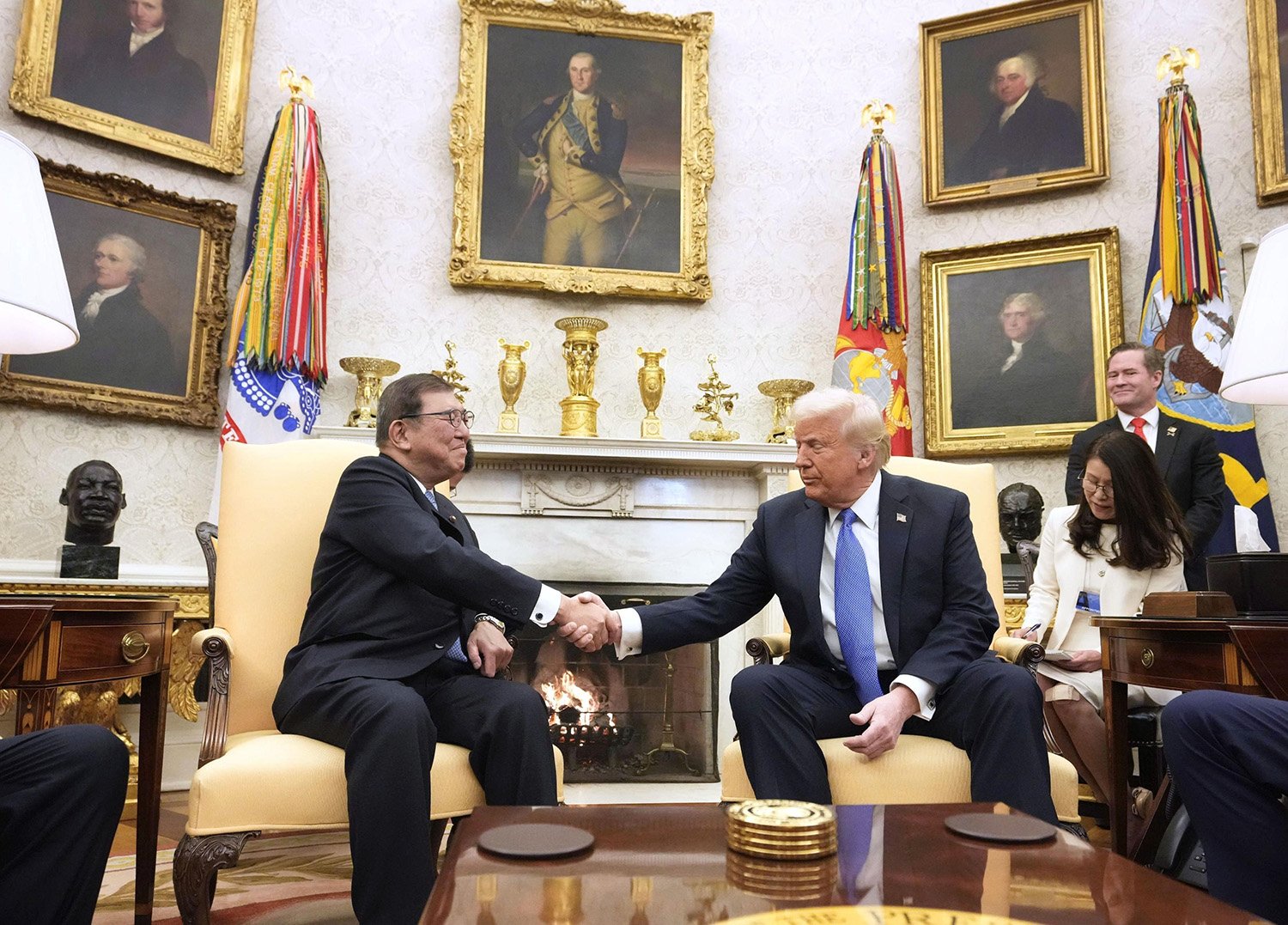
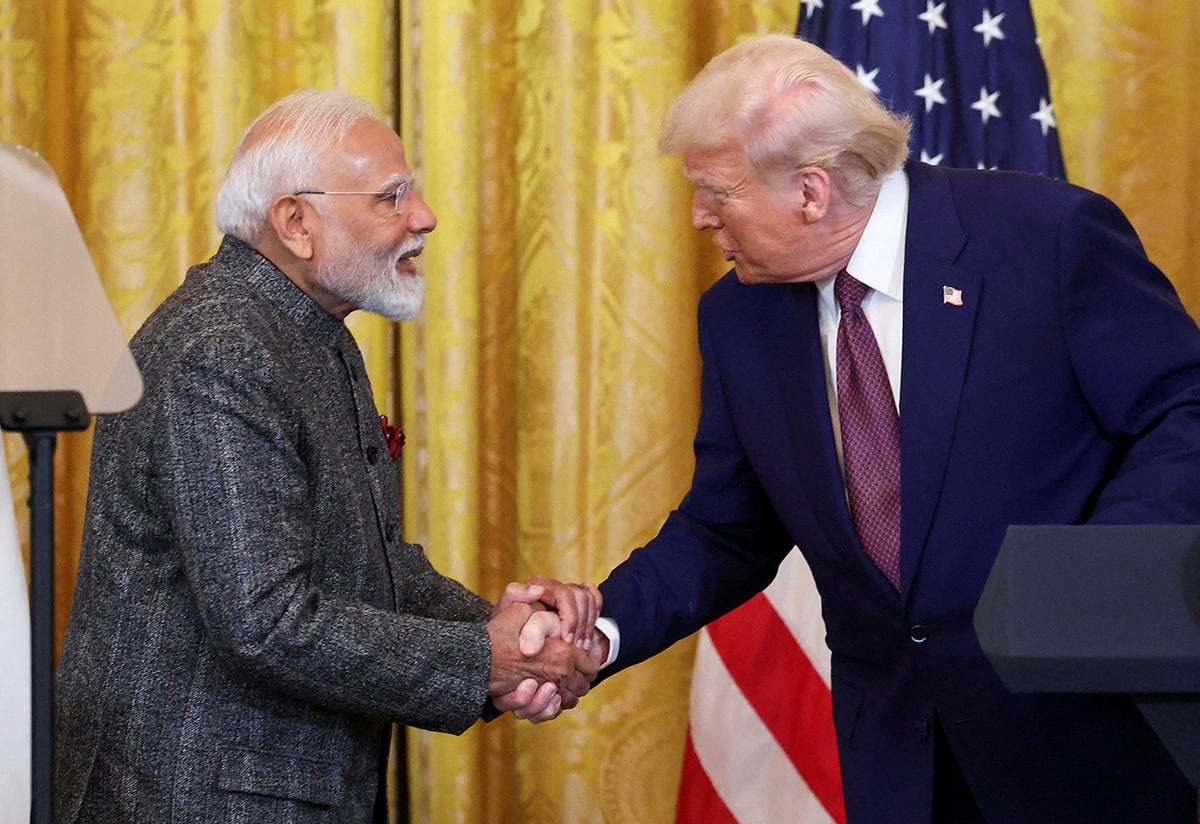
![[Photo] Da Nang residents "hunt for photos" of big waves at the mouth of the Han River](https://vphoto.vietnam.vn/thumb/1200x675/vietnam/resource/IMAGE/2025/10/21/1761043632309_ndo_br_11-jpg.webp)

![[Photo] Prime Minister Pham Minh Chinh meets with Speaker of the Hungarian National Assembly Kover Laszlo](https://vphoto.vietnam.vn/thumb/1200x675/vietnam/resource/IMAGE/2025/10/20/1760970413415_dsc-8111-jpg.webp)

![[Photo] Prime Minister Pham Minh Chinh received Mr. Yamamoto Ichita, Governor of Gunma Province (Japan)](https://vphoto.vietnam.vn/thumb/1200x675/vietnam/resource/IMAGE/2025/10/21/1761032833411_dsc-8867-jpg.webp)
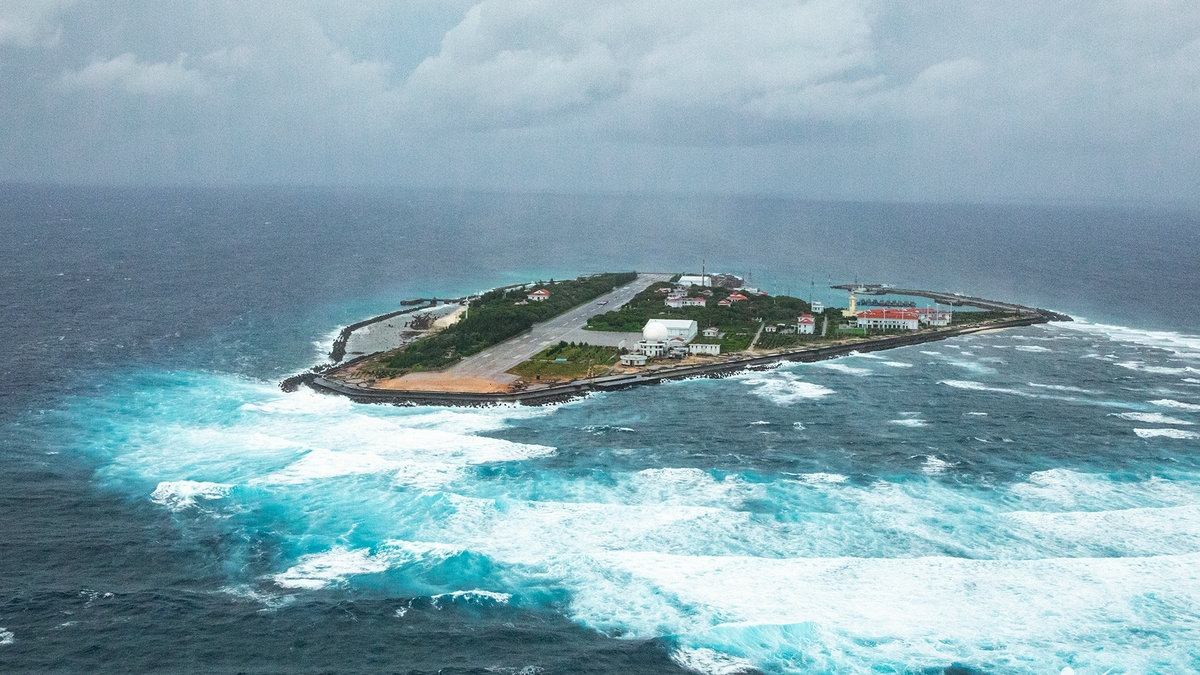
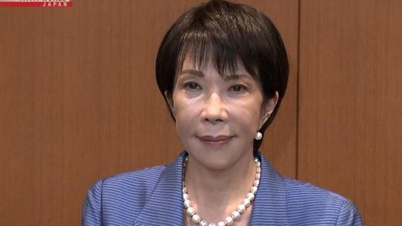

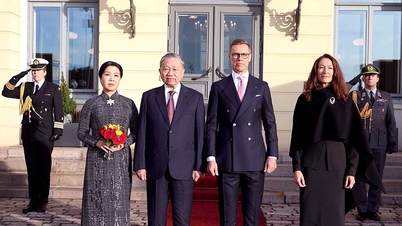



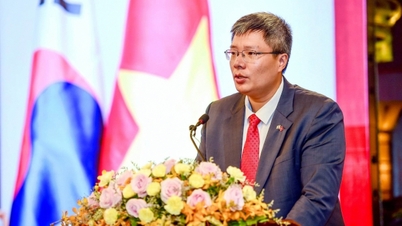

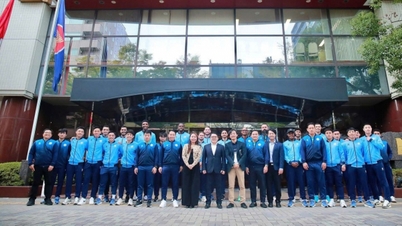
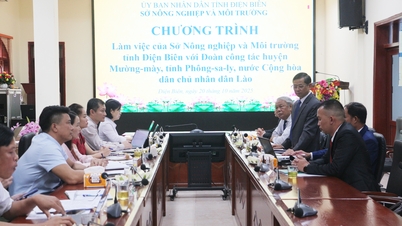





















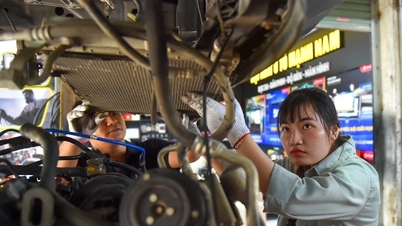



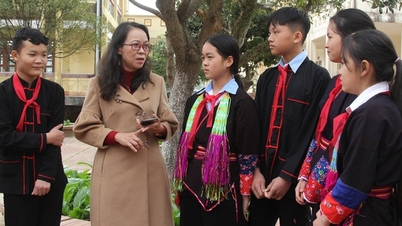
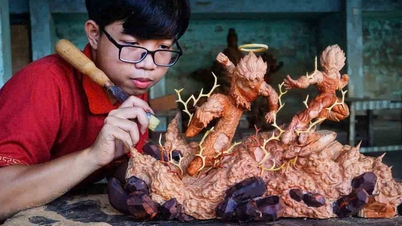








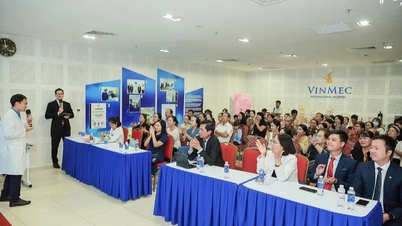







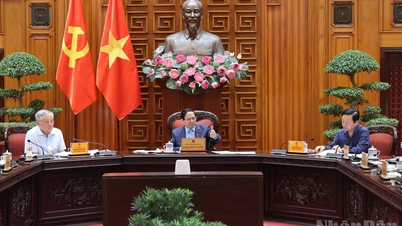
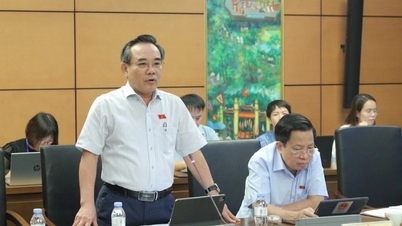

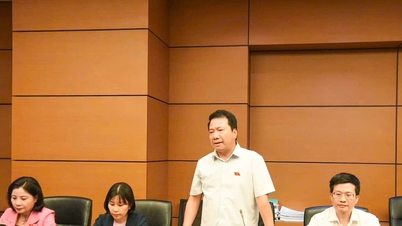








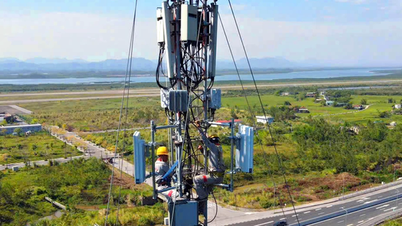
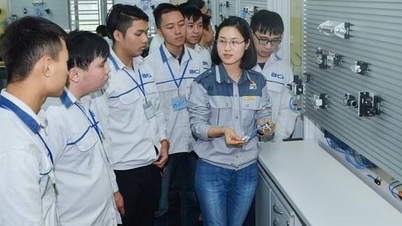
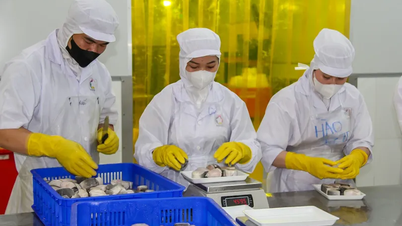

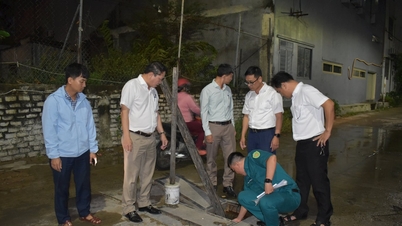

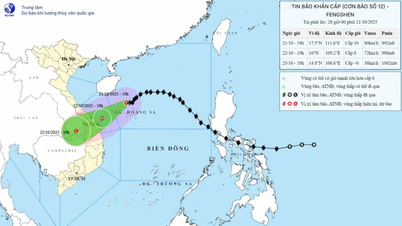

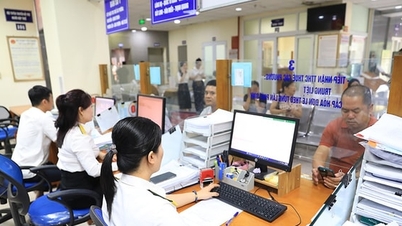


















Comment (0)